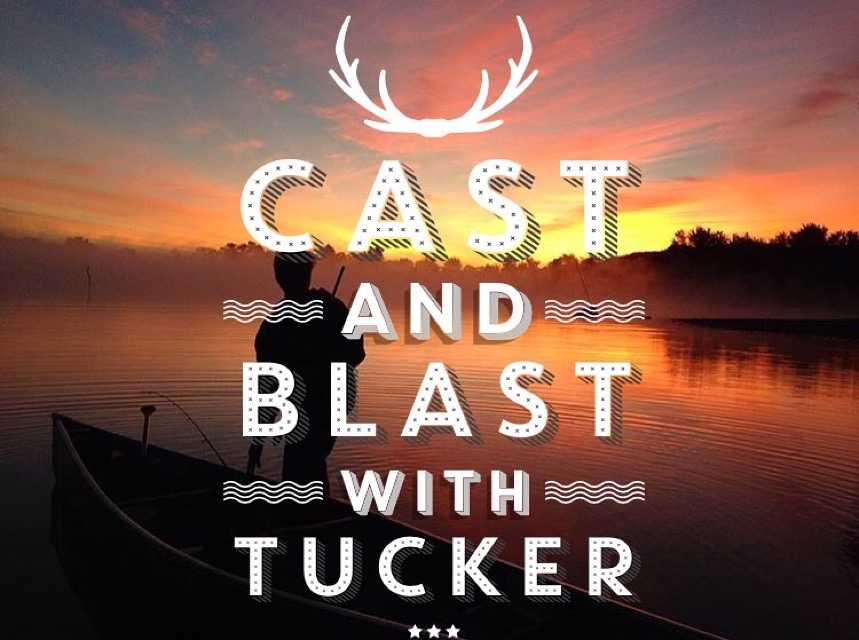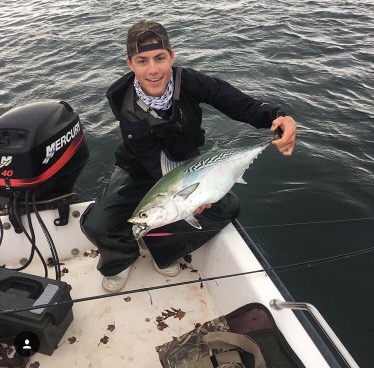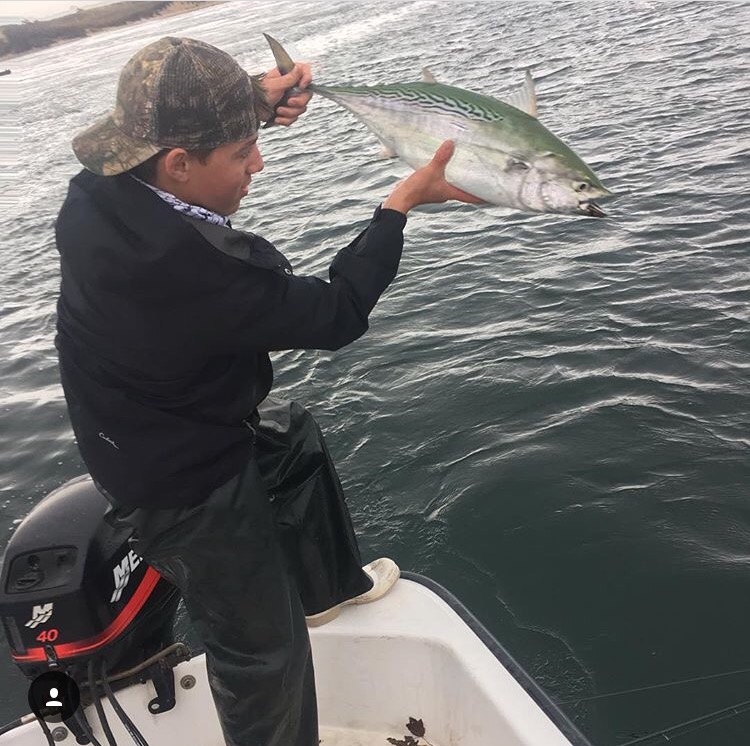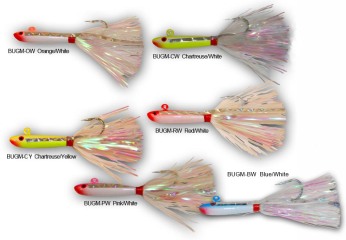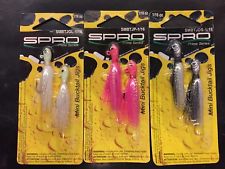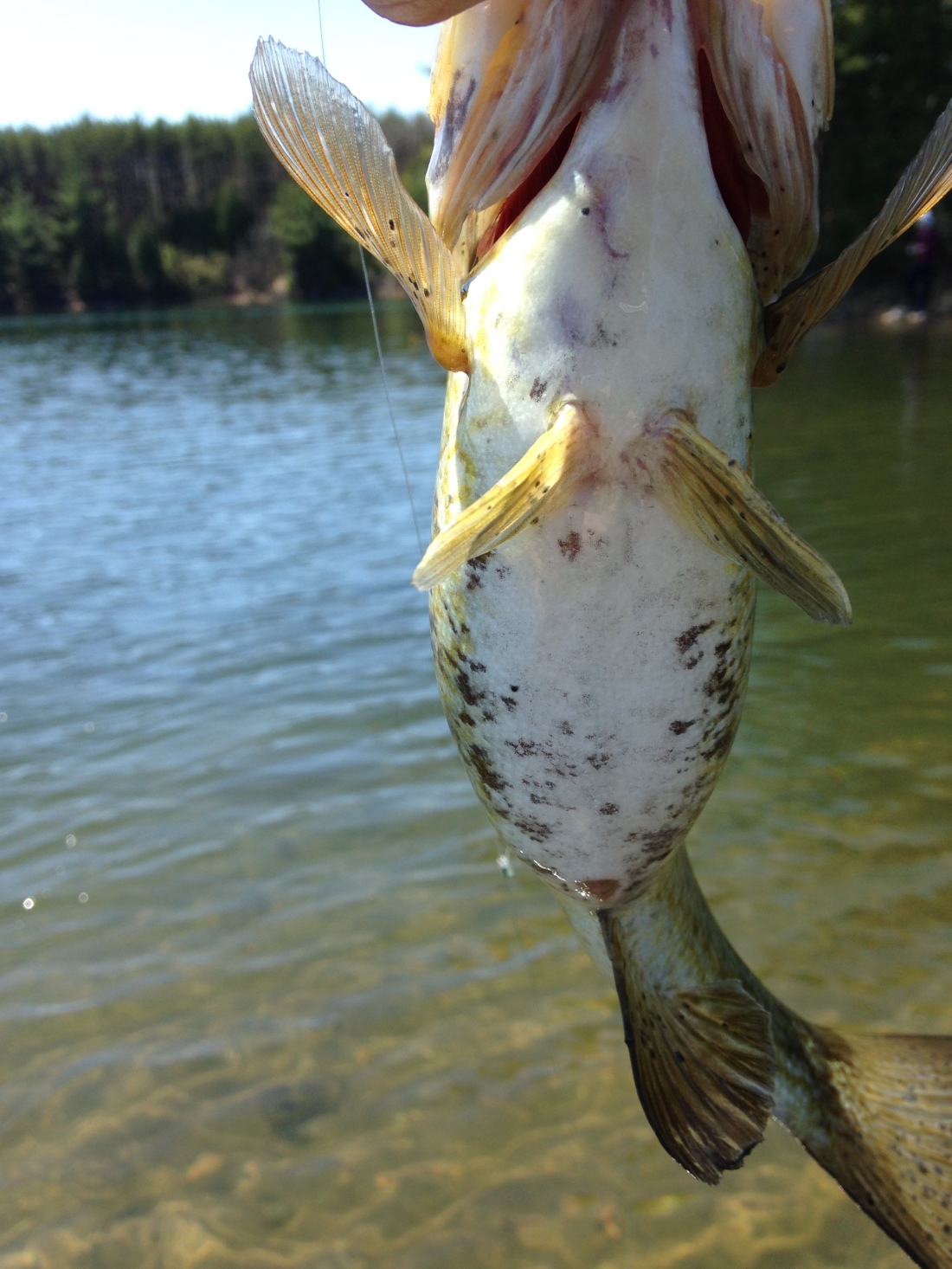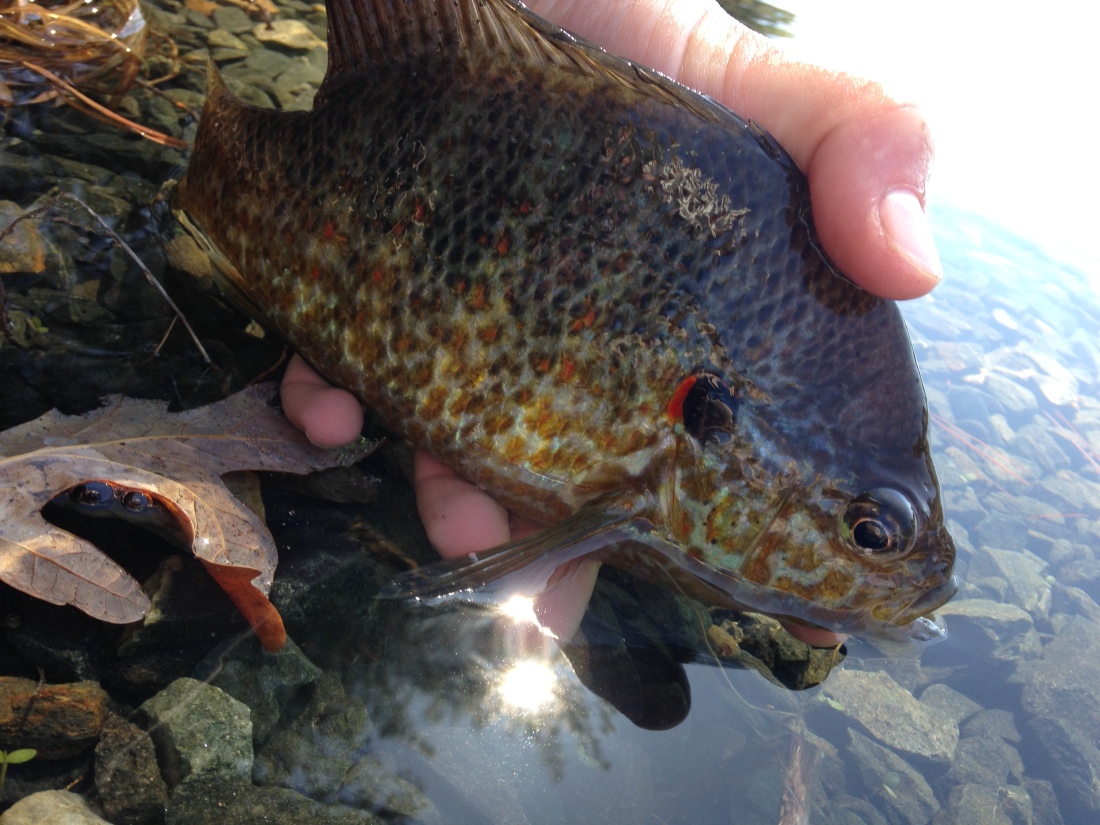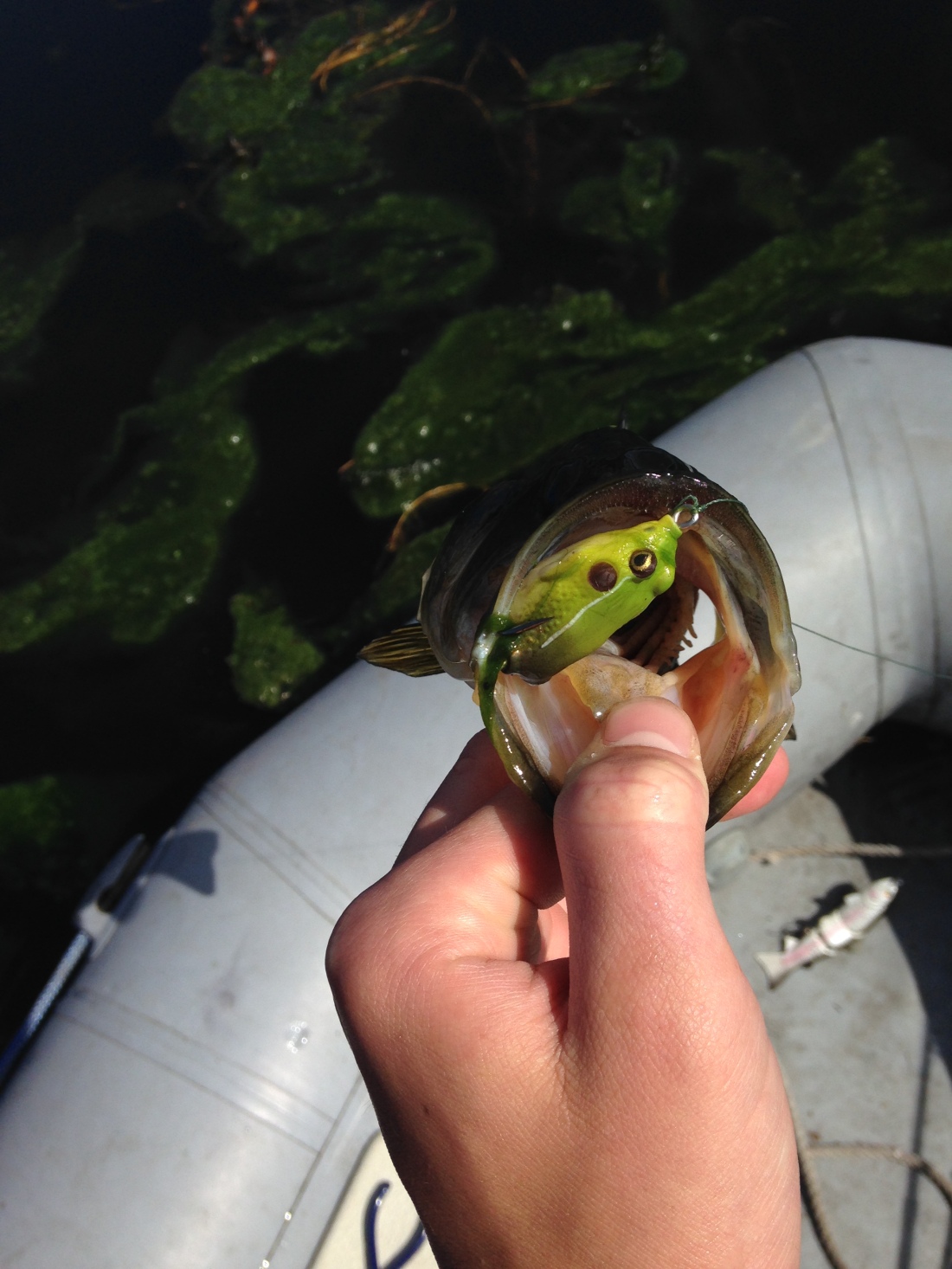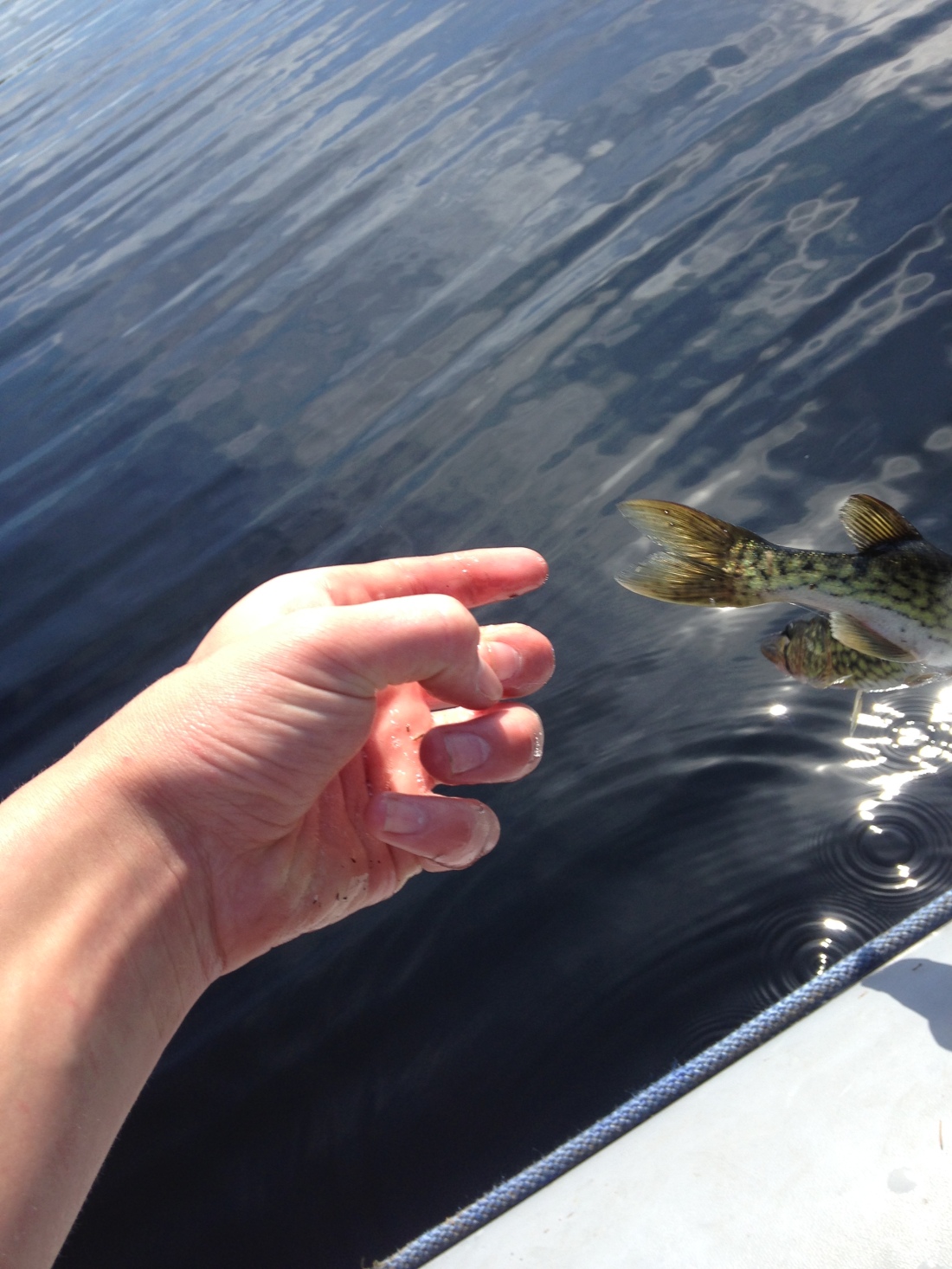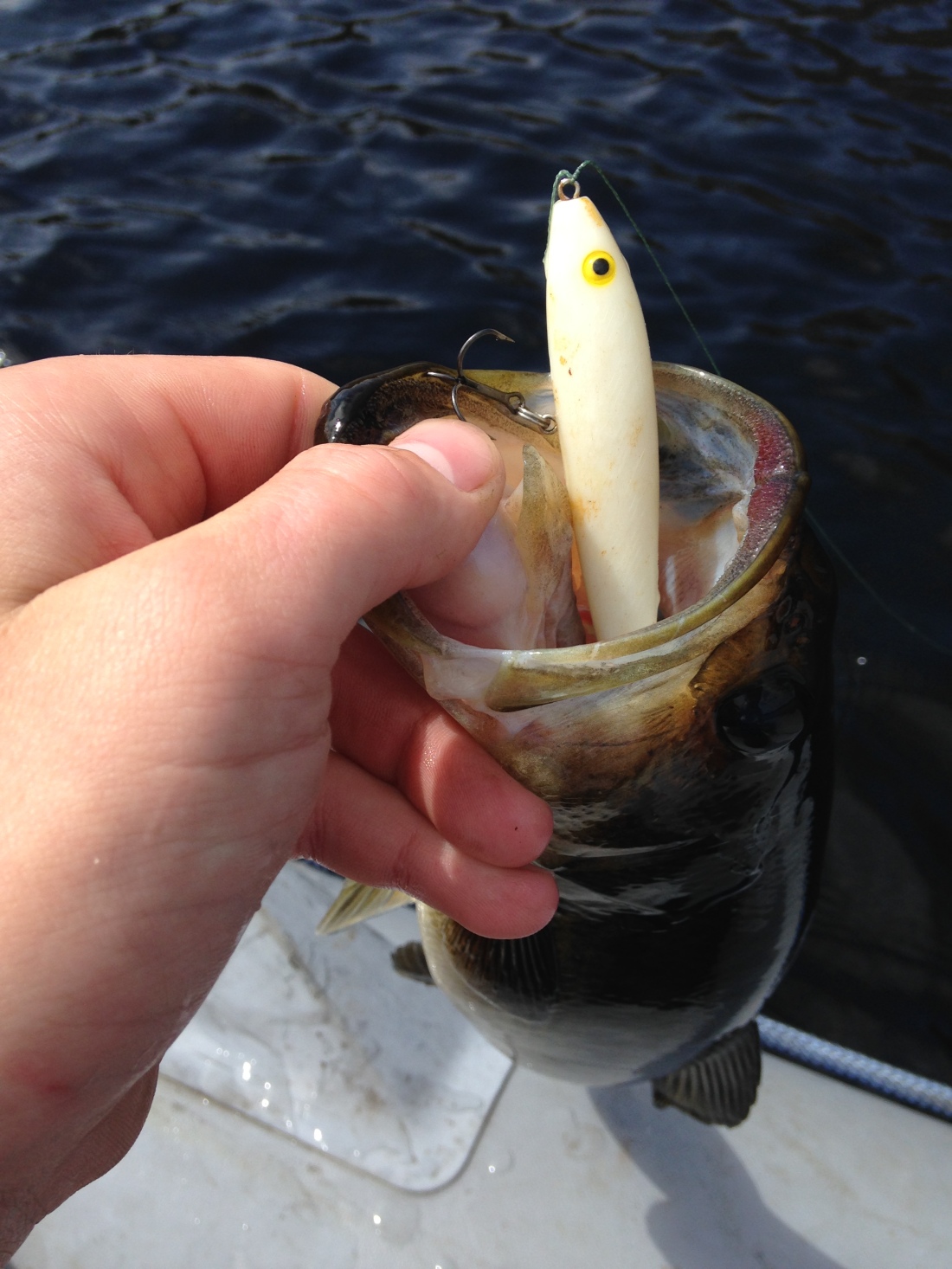Our 20’ Seacraft took a while to get up on a plane, but that is expected when loaded down with ice, tuna, a mako and three kids. I glanced longingly at the massive school of bluefin tuna off to port as I pointed the bow to 10 degrees on the compass and pushed the throttle gently. I heard the familiar humming of the outboard engine as it reached 3000 or so RPM’s, a comfortable cruising speed of 22 knots for a 30 nautical mile ride home. I smiled contently, lips covered in sunscreen on the bow smiling back at me as my sister and friend Bennett seemed to share my happiness. It had been a good day full of fishing the bluewater, catching 9 bluefin on spinning gear and countless other species. I was proud to have put my buddies on fish and was even more excited to be bringing back sushi for our family. 7pm on the dot, a little late for an offshore trip normally, but I had told my parents we would be back late if we found fish. The sound of the chopper interrupted my thoughts 2 Chainz mid chorus of “I’m Different”.
The orange chopper was off the starboard side before I could process what was happening. They kept up with us, a jumper ready in the hatch. Clearly shocked, my sister and Bennett sat open mouthed. We questioned whether or not they were there for us briefly but turning on the radio confirmed our fears. According to the bird, there were people on land worried sick about us. With the chopper escorting us, the Environmental Police rolled up at 50 knots, nearly hitting us. Soon the 40’ Coast Guard cutters came into view, joining the small army ensuring we got home safe. We all knew it was going to be a long night.
Pulling up to the dock, my parents and Bennett’s parents were waiting with the Coast Guard chief, tears streaming down their faces full of disbelief and joy. They explained the search process to us, the dozens of boats getting ready to shove off and join the rescue mission and even the online fishing message boards started that were designated to the topic. I was beyond amazed. The whole day, we had been fishing with the radio off to avoid listening to the obnoxious, incessant chatter of other fisherman. We had therefore missed the radio calls from the Coasties asking if we were okay. It was a learning experience for sure and we had plenty of time to reflect while they searched our boat for the required safety gear and sent us on our way.
On that day, I learned about the importance of a flight plan and leaving the radio on. I was beyond grateful and moved to know how many boats were ready to go out and look for us on their own dime, springing into action without hesitation in the way one can only hope to see from family members. Reading the online forums later, I was also pumped to learn we had been one of only three boats to catch tuna that day, landing 9 of the 14 caught by the fleet. I fell in love even more deeply with offshore fishing after witnessing such a perfect day in the blue water. Even a year later, Bennett’s parents won’t let him fish offshore with me.
